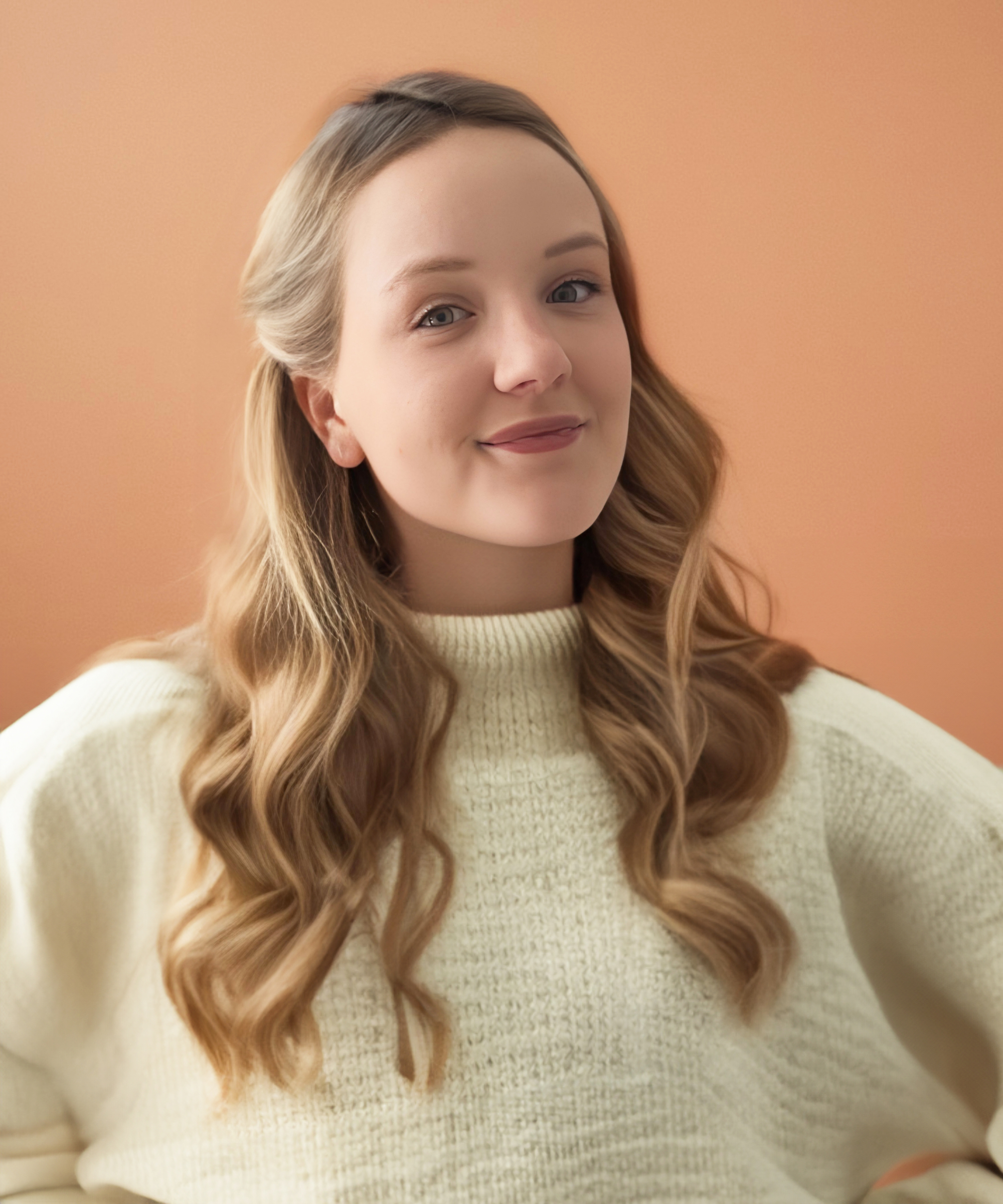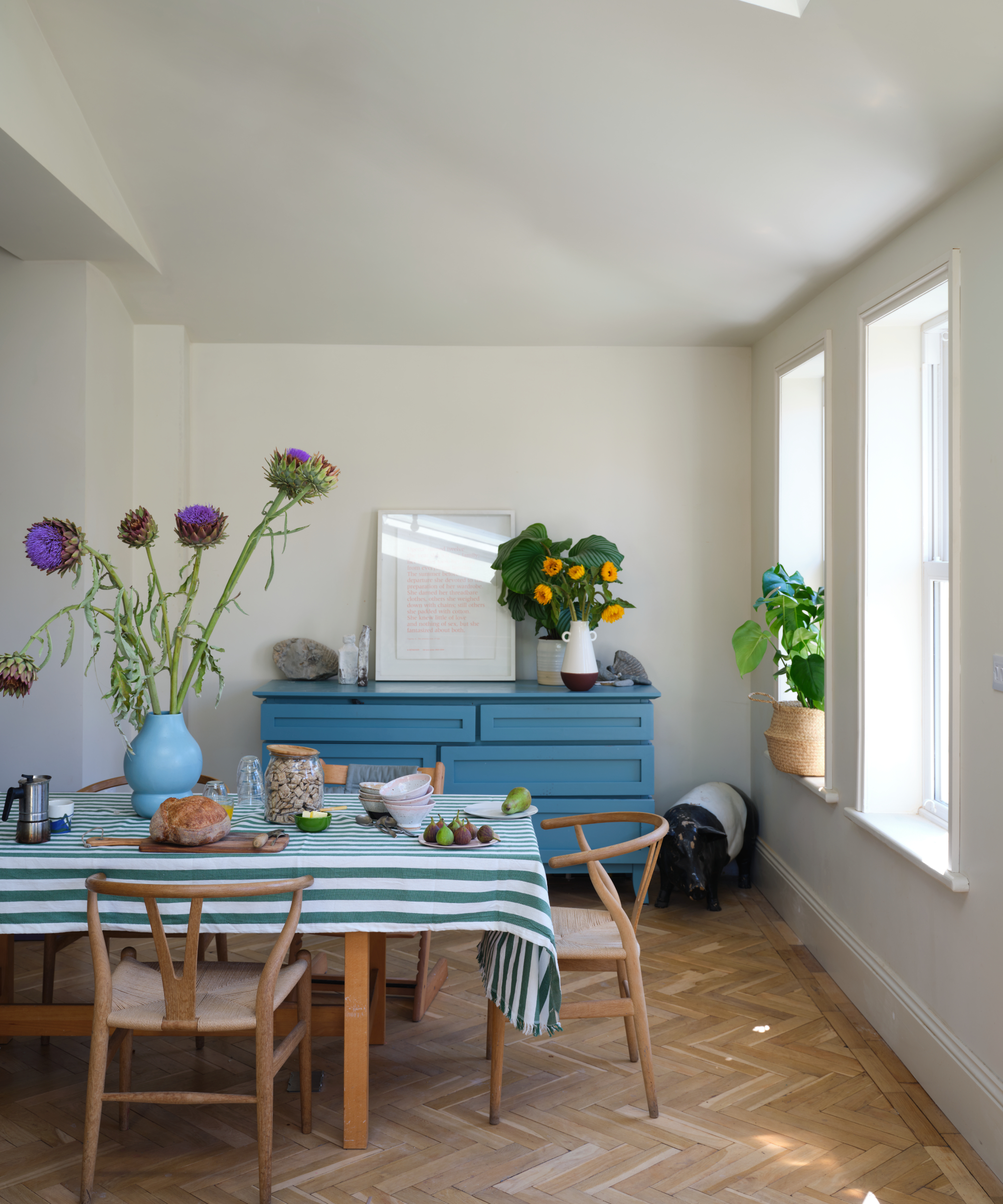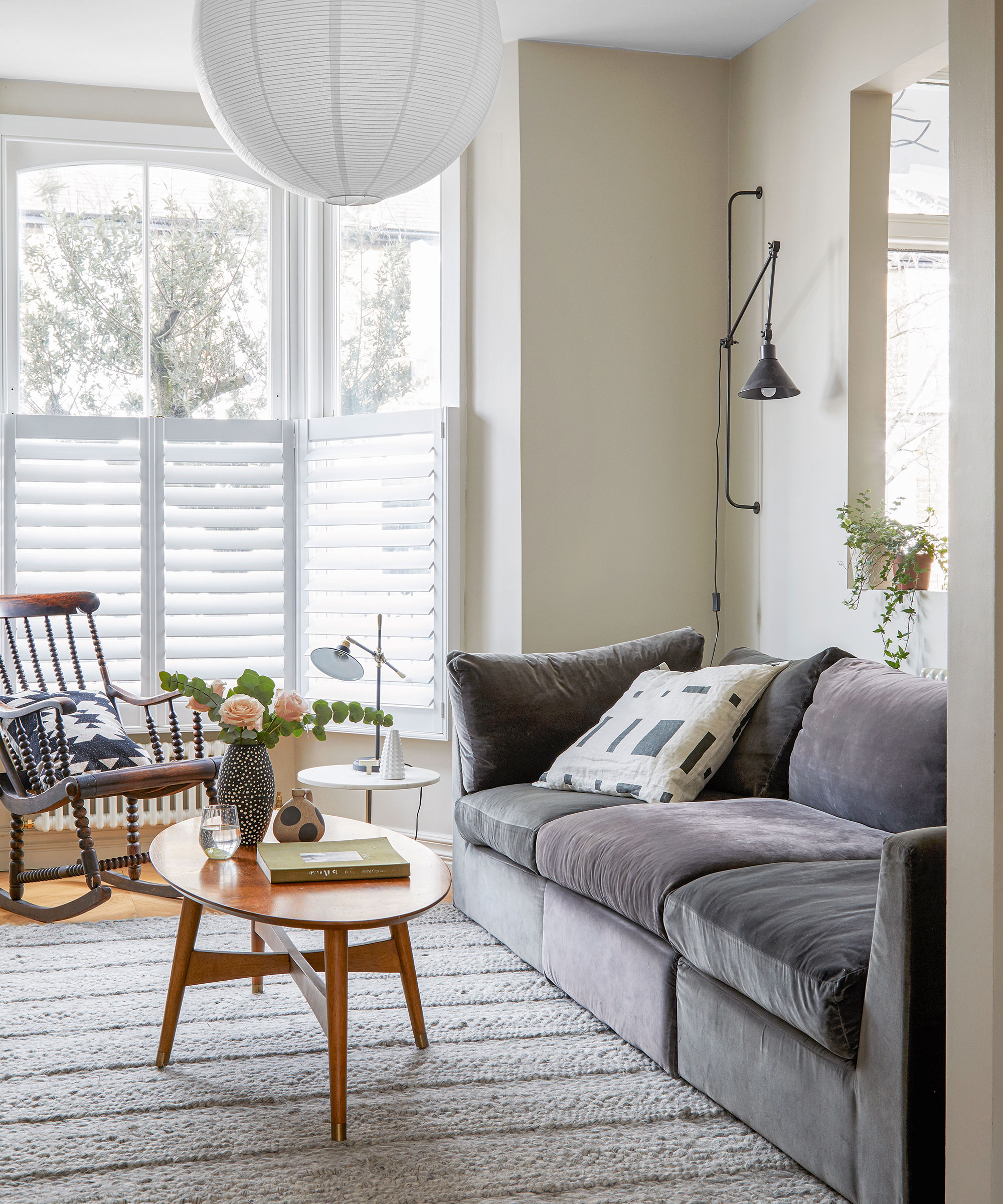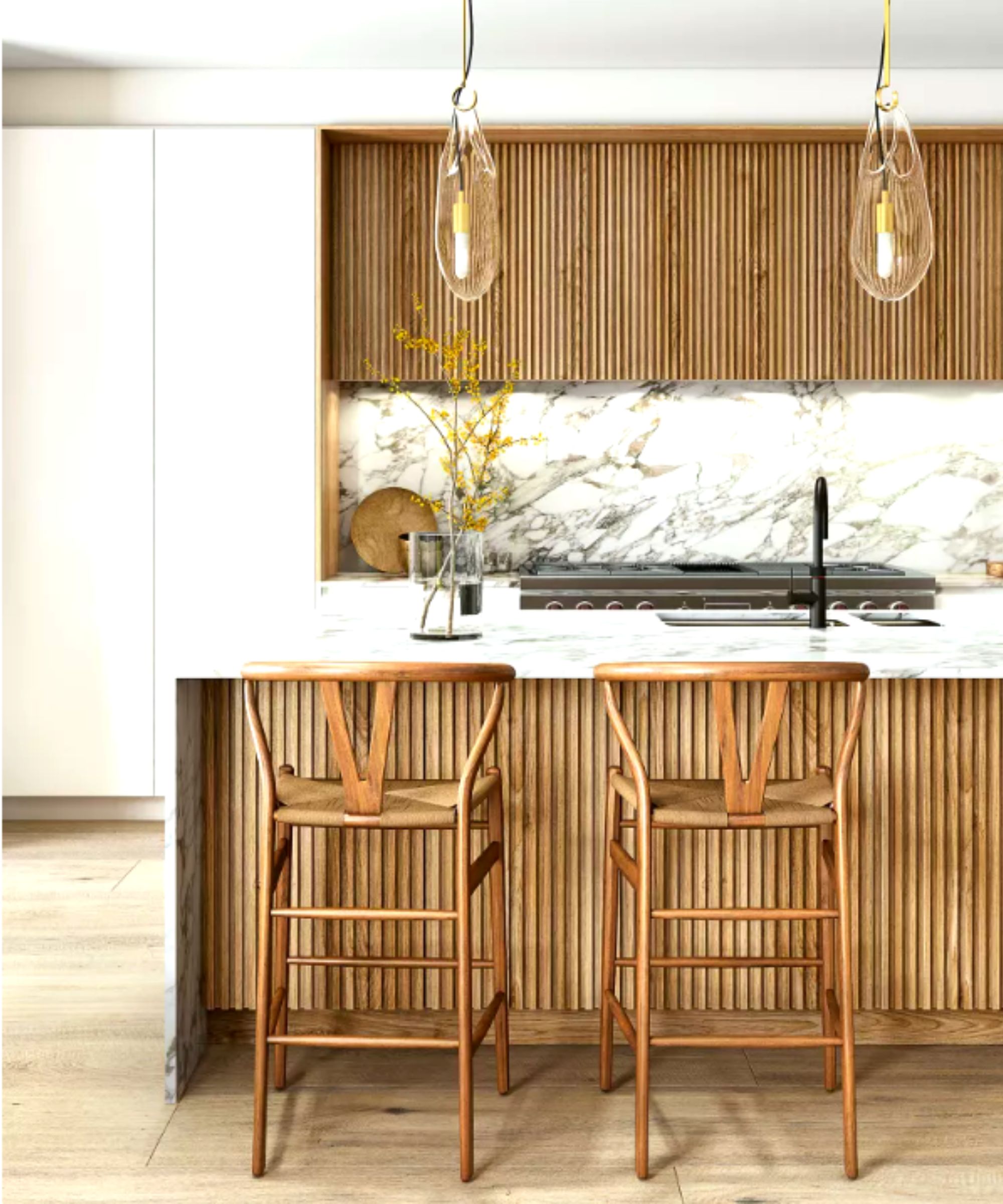What is Scandinavian interior design? Experts explain its beauty and functionality
Fall for the clean lines, uncluttered spaces and natural materials of Scandinavian interior design


Scandinavian interior design is both functional and beautiful. Rooms in this style feel spacious and light-filled, but they’re also cozy and contribute to a sense of wellbeing with their use of natural materials.
Scandinavian decor is ideal for those who prefer minimalism, clutter-free living, and furniture that is both practical and stylish. Its emphasis on space and light makes it ideal for small city homes as well as larger houses.
Our guide has all you need to know about Scandinavian interior design from the experts so you can bring it to your home.
What is Scandinavian interior design?
Scandinavian interior design style has wide appeal. ‘Scandinavian design is characterized by its minimalist and clean aesthetic, aiming to seamlessly merge functionality with beauty,’ says Aino Heinäsuo, head of design at Redecor. ‘Emphasizing simple lines and open spaces, it avoids clutter and focuses on essential elements.’
Below, we take a look at the origins of the style that’s so loved today, its elements, and how to introduce it into interiors.

Aino Heinäsuo is a multi-talented professional with nearly five years of dedicated service at Redecor, a real-life design simulation game. She studied at Metropolia University of Applied Sciences in Helsinki, Finland, and refined her skills at Nuova Accademia di Belle Arti in Milan, Italy. Prior to becoming a part of Redecor, Aino’s focus was on designing luxury apartments for private clients in Finland.
Origins of Scandinavian interior design

The look we know and love today in Scandinavian kitchens, Scandinavian dining rooms, and Scandinavian living rooms has its origins in the last century. ‘The Scandinavian design movement as we know it today began to take shape in the early 20th century and gained momentum across the five Nordic countries: Sweden, Norway, Denmark, Finland and Iceland, from the 1930s onward,’ explains Aino Heinäsuo. ‘During the 1950s, it became known around the world.
‘Renowned designers like Arne Jacobsen from Denmark and Josef Frank from Sweden ushered in what is often referred to as the golden age of Scandinavian design. They drew inspiration from constructivism and functionalism, aiming to seamlessly merge functionality with beauty.’
Scandinavian design in the US

Scandinavian interiors have long been popular in the US. ‘This philosophy for design came to America during the 1950s,’ explains interior designer Artem Kropovinsky. ‘Its minimalism appealed to people after the war ended, and it became popular.’
The traveling exhibition called ‘Design in Scandinavia’ brought the look to wide notice. ‘This exhibition, featured in 24 museums across the US from 1954 to 1957, introduced Nordic design to a vast new audience, sparking widespread excitement with its distinctive blend of colors, materials, craftsmanship, and industrial production techniques,’ says Aino Heinäsuo.

Based in New York, Artem Kropovinsky boasts extensive global design experience spanning a decade. With a commitment to sustainability and authenticity, Artem, alongside his dedicated team, undertakes projects both in the US and internationally, earning recognition through prestigious design awards. Artem is the founder of Arsight, an esteemed global design firm known for its expertise in residential and commercial interior design.
What are the key elements of Scandinavian design?

Scandinavian interiors have characteristic style. ‘Colors used in Scandinavian interior design are tranquil,’ explains Artem Kropovinsky. ‘Natural materials and useful items are key elements. Straight, clean lines combine with rounded, organic forms. Light-colored wood floors are standard. Lots of natural light is crucial, complemented by soft artificial lighting.’
But while the palette of Scandi interiors is a calm one, accents of color definitely aren’t ruled out. ‘Neutral and monochromatic colors dominate, with bright whites and contrasting blacks creating a timeless palette,’ says Aino Heinäsuo. ‘Subtle pops of color, such as plush pinks, gray-blues, and nature-inspired hues like sage, are used to add interest and warmth to Scandinavian interiors.’
These interiors link to the exterior. ‘Scandinavian design showcases a deep connection to nature, with organic and natural materials playing a central role,’ says Aino. ‘Lightened wood, in floors and furniture, in harmony with a neutral color palette and an abundance of the best indoor plants, are prominent features in Scandinavian interiors.’
Maximum daylight should be allowed to enter Scandinavian interiors. ‘Emphasizing the use of natural light through features like white walls and large windows, lamps and lighting solutions play a crucial role,’ continues Aino. ‘Window treatments are minimal, if present at all, to maximize the amount of natural light entering the space.’

Scandinavian interiors can be created wherever you live – and Scandinavian design mistakes swerved – by following a few guidelines.
‘Strive for simplicity,’ Artem Kropovinsky recommends. ‘Look for quality pieces that serve many uses. Pick subdued colors, adding texture for richness. Open spaces and minimalism are key. No clutter – let each item’s beauty shine through and show why it belongs.’
Aino Heinäsuo agrees: ‘Prioritize simplicity, functionality, and natural elements,’ she says. ‘Opt for light, neutral color palettes, clean lines, and minimalist furnishings. Incorporate natural materials like wood to add warmth and texture to the space. Additionally, maximize natural light and embrace an open, airy layout.
‘Avoid clutter and overly ornate decorations that disrupt the clean aesthetic of Scandinavian design. Steer clear of dark, heavy furniture and overly bright colors that can overpower the space. Opt for quality over quantity when selecting furnishings and decor, and ensure that each piece serves a functional purpose while maintaining visual harmony within the space. Avoid overcrowding the room with too many accessories or unnecessary items, as simplicity is key in achieving an authentic Scandinavian look and feel.’
FAQs
What is the difference between Scandinavian and Nordic interior design?
The difference between Scandinavian and Nordic design is mostly geographical since Scandinavia comprises three northern European countries: Denmark, Norway, and Sweden, explains Aino Heinäsuo, head of design at Redecor. ‘While some people mistakenly include Finland and Iceland in this definition as well, they’re not geographically Scandinavian,’ she says. ‘They are considered Nordic countries along with the three Scandinavian countries. While all Scandinavian design is Nordic, not all Nordic design is Scandinavian.
Even though both of the styles share common principles, such as clean lines and minimalist aesthetics, they also incorporate unique elements. Nordic design features more straightforward and minimalist furniture styles. Finnish designers like Alvar Aalto and Eero Aarnio were among the pioneers who developed innovative techniques for bending wood. They also extensively experimented with materials like plastic while maintaining the distinctive Scandinavian style, but adding more pops of color.’
Keep in mind the fundamentals of Scandinavian interior design when introducing it. ‘It aims to elevate the art of mindful living by fostering a minimalist home environment characterized by high-quality possessions, promoting a lifestyle free from excessive consumerism,’ says Aino Heinäsuo. ‘Craftsmanship and timeless design are evident in every element within a Scandinavian room.’
Sign up to the Homes & Gardens newsletter
Design expertise in your inbox – from inspiring decorating ideas and beautiful celebrity homes to practical gardening advice and shopping round-ups.

Sarah is a freelance journalist and editor. Previously executive editor of Ideal Home, she’s specialized in interiors, property and gardens for over 20 years, and covers interior design, house design, gardens, and cleaning and organizing a home for Homes & Gardens. She’s written for websites, including Houzz, Channel 4’s flagship website, 4Homes, and Future’s T3; national newspapers, including The Guardian; and magazines including Future’s Country Homes & Interiors, Homebuilding & Renovating, Period Living, and Style at Home, as well as House Beautiful, Good Homes, Grand Designs, Homes & Antiques, LandLove and The English Home among others. It’s no big surprise that she likes to put what she writes about into practice, and is a serial house renovator.
-
 5 surprising but brilliant ways to clean with old socks – from perfectly buffing stainless steel to deterring pests naturally and more
5 surprising but brilliant ways to clean with old socks – from perfectly buffing stainless steel to deterring pests naturally and moreTackle dust in tricky corners, clean your mirrors and even banish bad odors with those rogue single socks
By Andy van Terheyden Published
-
 How to grow astilbe – expert advice on cultivating this shade-tolerant flowering perennial
How to grow astilbe – expert advice on cultivating this shade-tolerant flowering perennialShade-tolerant and pest-resistant - astilbe are hardy and tough perennials that can thrive in many settings
By Ellen Wells Published